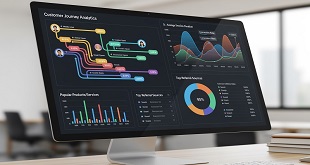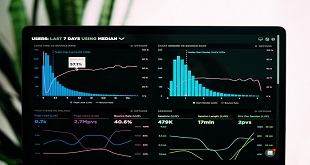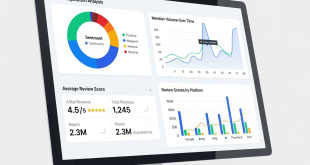 Banner ad campaigns have been around since the early days of the Internet. They highlight your e-mail space, pop up in social networking sites, and generate revenue for online newspapers and travel blogs. The sheer number of banner ads used have created an advertising oblivion among Internet users. They are more likely to ignore the ad than they are to click on the advertising link.
Banner ad campaigns have been around since the early days of the Internet. They highlight your e-mail space, pop up in social networking sites, and generate revenue for online newspapers and travel blogs. The sheer number of banner ads used have created an advertising oblivion among Internet users. They are more likely to ignore the ad than they are to click on the advertising link.
The Art of Simplicity
In advertising, a few well-chosen words are worth more than a detailed description. When designing your banner ad, relate in as few words as possible the message you want to get across. Simple copy and an uncluttered image is more appealing to the public than explosive colors and flashing advertising signs. Details concerning product description, types of services or customer reviews are best left for the information at your website.
Employ a Clear Call to Action
There is much debate as to the button color to use and its placement, but one thing is clear – the most effective banner ads are ones that state a clear call to action. A limited time offer might state, “buy now” or a charitable organization state, “we need your help”, or “click here for more information”, if you are trying to encourage more visitors to your site. The most strategic color and placement for your call to action is one that corresponds pleasantly with the design of your banner ad.
The Image You Use
Users are more likely to click on an ad that advertises a product they already use or a new product that incites their interest. A popular misconception is that products sell better if the images used are human photos. Although photos are often effective for selling personal products such as clothing and accessory, they can be confusing, misleading and under-productive in a banner ad marketing campaign. Try for an image that sums up the best your product will afford the customer with a minimum of graphic imaging. An ad that shows a tent under the open sky can just as effectively give a message for camping equipment as a photograph of a group sitting around a campfire..
The Emotional Response
By their nature, products and services are designed to evoke an emotional response. The response can be excitement, curiosity, desire, amusement or contentment, depending on the purpose of the product or service. Your banner ad should reflect the type of emotional response you want to elicit from your viewers. A basket of kitties draws delight from your audience if you are advertising hand-woven baskets or pet supplies, although the viewer might wonder why it should appear on an advertisement for auto parts.
The Animated Ad
Internet viewers like to be entertained. They like advertisements that are funny, whimsical or refreshing. Animated ads, video clips and interactive ads have become very popular among a crowd that likes to click for new developments, control their advertisement viewing and share anything they find amusing or interesting at a social networking site. They more cleverly you design your animated ad or video, the greater the chances it will be viewed.
Creating an effective banner ad can be challenging on a platform where competition is fierce and attention span is short, but a muscle bound marketing campaign works when the muscles are defined in clean lines, simple messages and a strong call to action. Determine the most important aspect of your product and design your banner ad around it.
Tuan Nguyen, the founder of 20dollarBanners.com, is a known name in the banner design and advertising field. He is considered a pioneer in the world of banner advertising and has helpd businesses flourish. Plus, he’s also the owner of AplusMedia, a marketing and web development agency.
Photo Credit: http://pixabay.com/en/boss-software-business-success-734288/
 Entrepreneur Resources Your source for small business information
Entrepreneur Resources Your source for small business information




